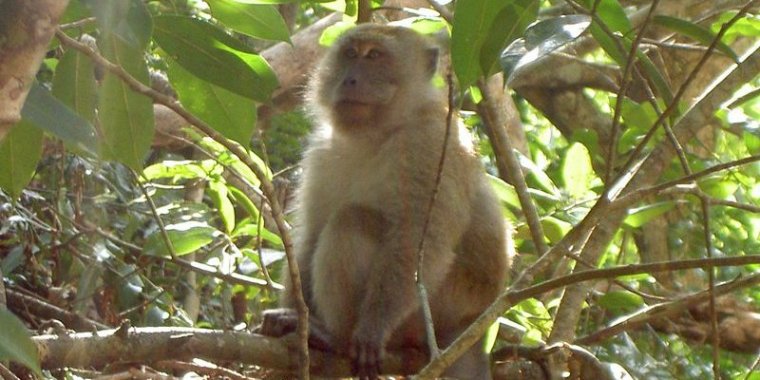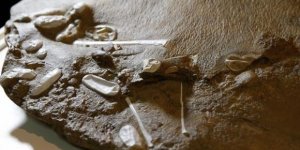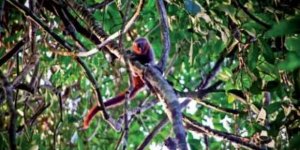| News / Science News |
Healthy cloned monkeys born in Shanghai
A team of scientists from the Chinese Academy of Medical Sciences in Shanghai, China have announced the first-ever cloning of a primate from post-embryonic cells, namely two macaque monkeys. They used somatic cell nuclear transfer, the same method that was used to create Dolly the sheep in 1996.

Both clones are macaques, like this. ![]()
In somatic cell nuclear transfer, scientists remove the nucleus, which is the organelle that contains the chromosomes, from an unfertilized ovum, or egg cell, and implant the nucleus from a somatic cell, or non-reproductive cell, into that ovum.
The scientists implanted 21 ova into surrogate mother monkeys, resulting in six pregnancies, two of which produced living animals.
The young clones were named "Zhong Zhong" and "Hua Hua," both derived from Zhōnghuá, the Chinese-language word for the Chinese people. They are both cynomolgus monkeys, or crab-eating macaques (Macaca fascicularis).
The scientists also attempted to clone macaques using nuclei from adult donors. They implanted 42 surrogates, resulting in 22 pregnancies, but there were still only two infant macaques, and they died soon after birth. The Scotland-based team that created Dolly the sheep in 1998 required 277 attempts and produced only one lamb.
Although somatic cell nuclear transfer was used successfully in amphibians as early as 1952, getting it to work in mammals took much longer. Dolly, the first cloned mammal, was born in 1998.
Teams have been trying to clone monkeys for decades, but primate DNA is notoriously difficult to work with. "The trick is we choose the right chemicals to turn on these genes we transfer into the egg," Mu-ming Poo told the press. "So that's what we did different. I think that's the key." One of the agents used to treat the ova was messenger RNA from the human Kdm4d gene. (Wikinews)
YOU MAY ALSO LIKE





